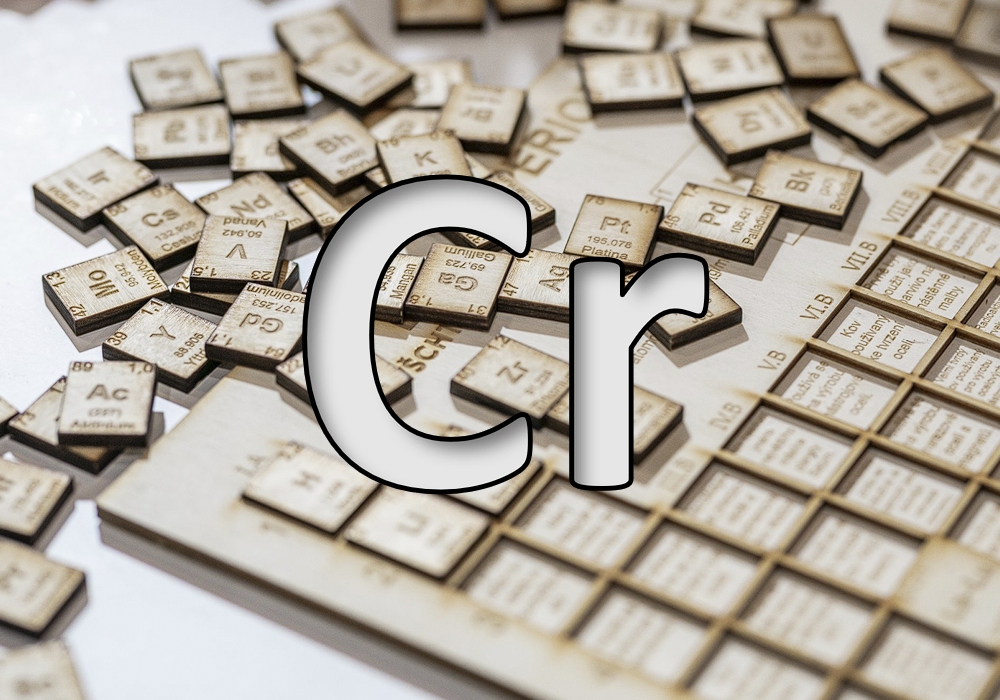SOIL SAMPLING:
In addition to the soil analysis, we also offer soil sampling. It consists of our expert collecting four soil samples with a probe at the chosen site, taking the agreed number of samples. Read more >>
If you decide to do the soil sampling yourself, we recommend following this procedure:
At least three weeks must have passed since the last fertilization, when taking soil samples for analysis, if there was rainfall during that time. When using fertilizers with a slower release, it is recommended to wait at least 3 months before the analysis. The best time to take the soil samples is between late autumn and early spring, yet if the soil has not been fertilized, samples can be taken at any time of the year.
The soil sample represents an average of several samples from one plot, which should be collected in several different spots on the plot. The area from which a sample is taken, should not be larger than 0.5 ha. More samples should be taken in case of a larger area or if the soil characteristics vary.
To get the best average picture regarding the condition on the plot, the samples should be taken in as scattered way as possible, and from different depths, using a probe or a shovel. In general, the samples for the soil analysis are taken from a depth of 0-10 cm for vegetable-growing or pasture land. Field land should be sampled up to the level of ploughing, whereas for permanent plantations such as orchards and vineyards, samples should be taken at 0-30 cm. When setting up a new plantation, soil samples should be taken from two different soil depth levels, 0-30 cm and 30-60 cm. Samples are taken on the plot in the shape of the letter W, making approximately 15 probe or shovel punctures. Samples should be kept in a clean container. After the sampling, the soil should be thoroughly mixed. About 1 kg of the dry average sample should be put into a clean plastic bag, which should be tightly sealed and sent for analysis.





